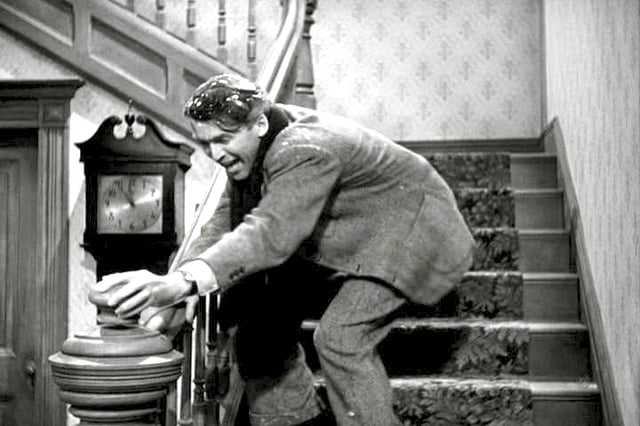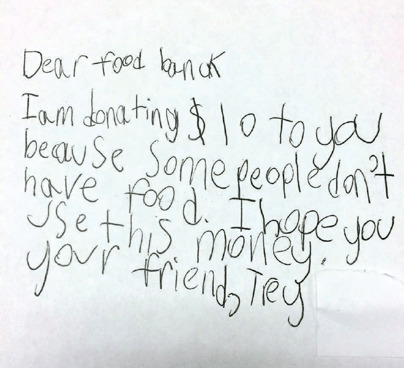
3 Things Powerful Fundraising Stories Do

There’s a scene at the end of Frank Capra’s classic It’s a Wonderful Life when George Bailey, the everyman hero, kisses the old newel post on his staircase that always came loose. It was once a source of frustration to him — a physical reminder of his imperfect life. But after seeing what life could have been like had he never been born, he becomes grateful for the rickety old post. We root for George to find the beauty in the worn ... to hang onto hope.
As a result, we do too.
That’s what powerful stories do: stir emotion and move us to action.
Here’s the caveat: Stories alone aren’t magic. There’s no formula for length or type. What’s important is that you consistently tell stories that donors want to hear. But there’s more to it.
Too many organizations check off their storytelling box by simply dropping an ill-fitting paragraph into an appeal. They use language that’s overly complex and lacks emotion. Still others talk about groups of people in their stories, rather than focusing on one person. Or the story veers to how great the organization is. That’s storytelling gone bad!
To make stories powerful enough to compel giving, do these three things:
- Be authentic and real. If you have real stories, use them. The quality of the appeal suffers when stories are served as simple placeholders rather than with purpose and emotion. And most donors quickly tune out watered-down versions. Showing real need, through a real story with heart-tugging detail and raw emotion, paints a picture of your work for the donor and shows how the donor can help more than any fictionalized version.
- Make the donor the hero. In psychology, there’s an interesting term called the bystander effect — and it originates from apathy. It occurs when individuals don’t help a victim when others are present. The probability of help is inversely related to the number of bystanders. That’s why it’s important to think about your donor as a hero, not a bystander. Donors give because they want to help, and because it makes them feel good. They want to know how they helped. You can do this when you make your donor an active part of the story. Don’t allow her to take in the story as a bystander. Make her a hero.
Trey is a kid. He’s also a donor, and a hero. He’s the story. By sharing his note, other donors are likely to be inspired to give too.
- Show a path to action. This is the “so what?” factor of your story. Now that you’ve shared something real and impactful, what’s left? One obvious goal is to raise funds. Your offer provides the reason, and the story provides the emotion. Together, this is an almost unbeatable combination in fundraising. Without a strong offer, a story on its own may not be enough to move donors to give. You must close the loop by showing the path to save more lives, feed more children, or find homes for more animals. Another goal of your storytelling may be engagement and connection. If you’ve made the donor a hero in the story, you’ve probably already done that.
Storytelling is one of the best ways to connect with donors and raise funds.
When done right, the stories you tell will be memorable, moving, and powerfully motivating to donors. To learn more about how to use storytelling for your fundraising, download our popular e-book.

